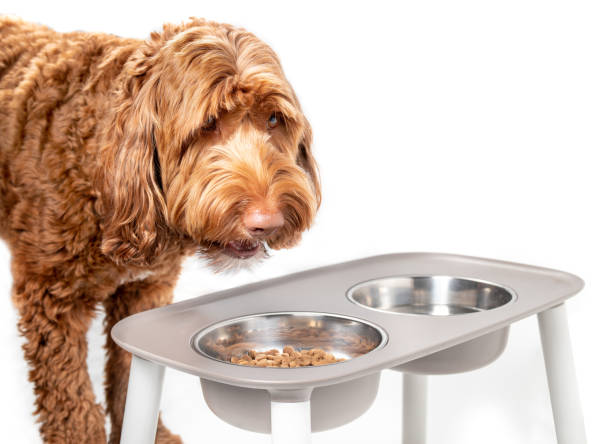Understanding Doodle Dog Body Language: Signs of Happiness, Anxiety, and More
Understanding Doodle Dog Body Language: Signs of Happiness, Anxiety, and More. Doodle dogs, with their expressive faces and wagging tails, communicate a wealth of information through their body language. Understanding your doodle’s body language is essential for interpreting their emotions, needs, and desires, fostering effective communication, and strengthening your bond. In this comprehensive guide, we’ll explore common doodle dog body language cues and what they mean, from signs of happiness to indications of anxiety and more.
PetFriendly box is an excellent product worth purchasing. Each one gets customization with your pet’s name and picture. On top of that, you’ll find extra treats and heartfelt notes in every box. Plus, it’s typically delivered right to your doorstep in record time. Buy now
Understanding Doodle Dog Body Language: Signs of Happiness, Anxiety, and More
This includes:
1. Happy Body Language
- Wagging Tail: A wagging tail is often a sign of happiness and excitement in doodle dogs. Look for a loose, relaxed wagging motion, accompanied by a relaxed body posture and a smiling expression.
- Play Bow: The play bow is a classic invitation to play and signals enthusiasm and friendliness. Your doodle may lower their front legs while keeping their rear end elevated, with a wagging tail and an eager expression.
2. Relaxed Body Language
- Soft Eyes: Relaxed doodles have soft, gentle eyes with a calm and content expression.
- Loose Body Posture: A doodle with relaxed body language will have a loose, fluid body posture with no signs of tension or stiffness.
3. Signs of Anxiety or Stress
- Panting: Excessive panting, especially when accompanied by drooling or restlessness, can indicate anxiety or discomfort.
- Whining or Excessive Vocalization: Whining, whimpering, or other vocalizations may signal anxiety, fear, or distress in doodle dogs.
PetFriendly box is an excellent product worth purchasing. Each one gets customization with your pet’s name and picture. On top of that, you’ll find extra treats and heartfelt notes in every box. Plus, it’s typically delivered right to your doorstep in record time. Buy now
4. Fearful Body Language
- Tucked Tail: A tucked tail between the legs indicates fear, anxiety, or submission in doodle dogs. Watch for other signs of fearfulness, such as trembling, cowering, or avoiding eye contact.
- Ears Back: Pinned-back ears pressed tightly against the head are another sign of fear or anxiety in doodle dogs.
5. Aggressive Body Language
- Stiff Body Posture: A doodle displaying aggressive body language may stand stiffly with raised hackles, indicating readiness to defend themselves.
- Growling or Snapping: Growling, snarling, or snapping are clear signs of aggression and should be addressed promptly and safely.
6. Seeking Attention
- Pawing: Your doodle may paw at you or nudge you with their nose to seek attention or affection.
- Sitting on Your Feet: Sitting or leaning on your feet is another way doodles express their desire for closeness and attention.
7. Signs of Discomfort or Pain
- Licking or Chewing Paws: Excessive licking or chewing of paws may indicate discomfort or pain, such as allergies or injury.
- Avoiding Movement: Reluctance to move or stiffness in joints may indicate musculoskeletal pain or discomfort in doodle dogs.
8. Alert or Curious Body Language
- Forward Ears: Doodles will often perk their ears forward when they are alert, curious, or interested in something.
- Raised Head: A raised head with attentive eyes and a focused expression indicates curiosity and awareness of their surroundings.
PetFriendly box is an excellent product worth purchasing. Each one gets customization with your pet’s name and picture. On top of that, you’ll find extra treats and heartfelt notes in every box. Plus, it’s typically delivered right to your doorstep in record time. Buy now
Conclusion
Understanding doodle dog body language is key to deciphering their emotions, needs, and intentions. By paying attention to their cues and responding appropriately, you can strengthen your bond with your doodle, ensure their well-being, and foster effective communication. So, observe your doodle’s body language closely, listen to what they’re telling you, and enjoy the rich and rewarding relationship you share with your furry friend!
We at Doglinked are highly regarded to be a significant affiliate for great products. As a result, we are paid a commission if you use one of these links to purchase a membership. You don’t, however, have to pay more for this. You may relax knowing that the information given here is reliable and accurate.







